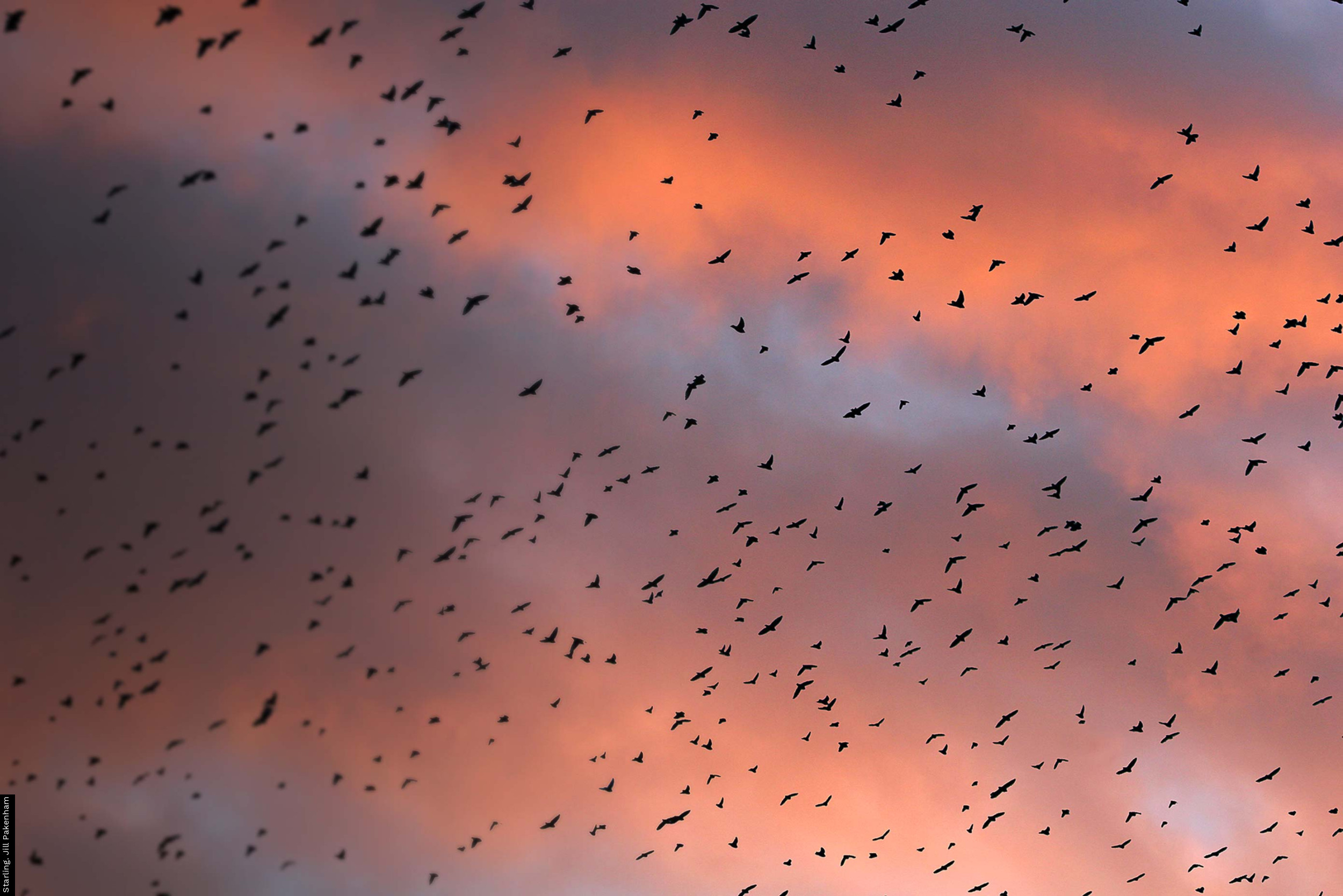
BTO Curlew Appeal
The Curlew is one of our most rapidly declining breeding bird species showing a 48% decline across the UK from 1995-2015 with this figure exceeding 50% in Wales and Scotland, according to the Breeding Bird Survey Report.
The UK holds 28% of the European population and in response to these declines, and those seen elsewhere in Europe, the species has recently been listed as globally near-threatened, one of the few British species on this list. As a result of its decline, it is also now included on the Red List of Birds of Conservation Concern. The wintering population in the UK originates largely from Scandinavia, but also includes a significant proportion of breeding birds, and has declined by 15% in the last 25 years .
Our goal
There is an extremely urgent need to identify the causes of these declines as a necessary first step to introducing potential conservation interventions.
Possible reasons for these declines include:
- Increases in generalist predators reducing breeding success
- Afforestation of marginal hill land
- Changes in farming practice reducing habitat quality
- Climate change
Britain’s estuaries also support internationally important wintering communities of wading birds due to our mild climate and key position on the East Atlantic flyway. However, our estuarine ecosystems are under ever increasing pressure from human activities, such as development and agricultural intensification.
BTO’s Action Plan to help reverse Curlew decline
- Using BTO/JNCC/RSPB Breeding Bird Survey data we have assessed factors affecting the species’ breeding abundance and population change in Britain
- Working with Yorkshire Dales National Park and the Bolton Castle Estate, we have tested survey methods for farmers and gamekeepers
- Studying Curlew patterns across Europe - by looking at areas with healthier Curlew populations, we will assess potential conservation actions that could help in the UK
- Working with local study groups – to understand the factors affecting populations in different parts of the country and to understand and advise on best practice in monitoring
- Investigating home range and habitat use of breeding Curlew using remote tracking - studies in Wales and a PhD studentship based at the University of East Anglia will help us to understand why breeding Curlew are generally failing to benefit from habitat management undertaken as part of agri-environment schemes
- Analysing long-term ringing data to better determine annual survival rates - to understand how the survival rates of birds using different wintering locations have changed over time
- Reviewing BTO/JNCC/RSPB Wetland Bird Survey (WeBS) data - to help us understand factors affecting changes in wintering populations at protected sites across the UK
- Investigating wintering habitat selection - studies in Wales and a PhD studentship based at Hull University will help us to understand the relative importance of intertidal and non-tidal habitats for the species, their use of management realignment sites and inform on the potential impacts of development, disturbance, and other pressures
This work will help guide conservation at both local and national levels by informing management plans for protected sites and the approach of agri-environment schemes.






Share this page